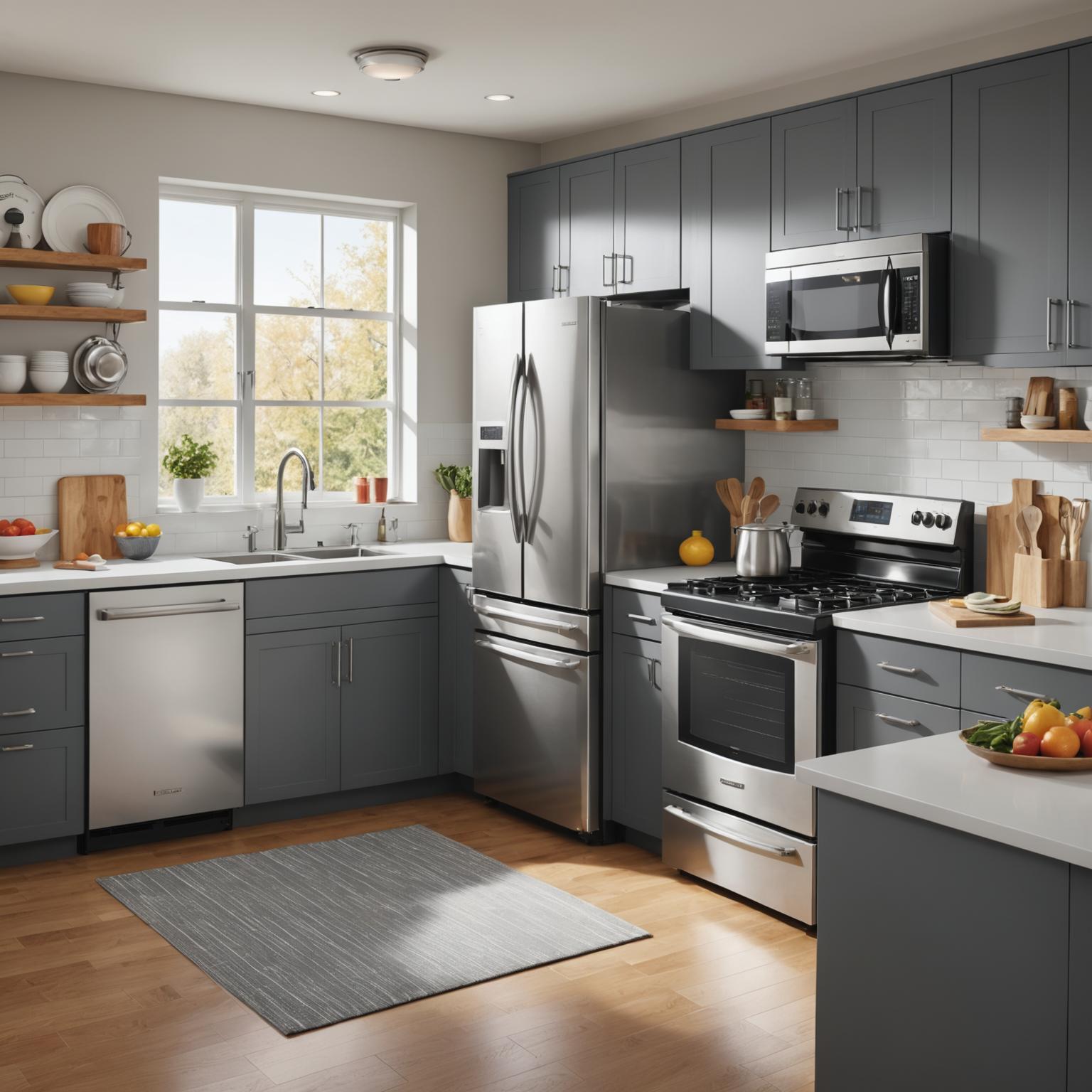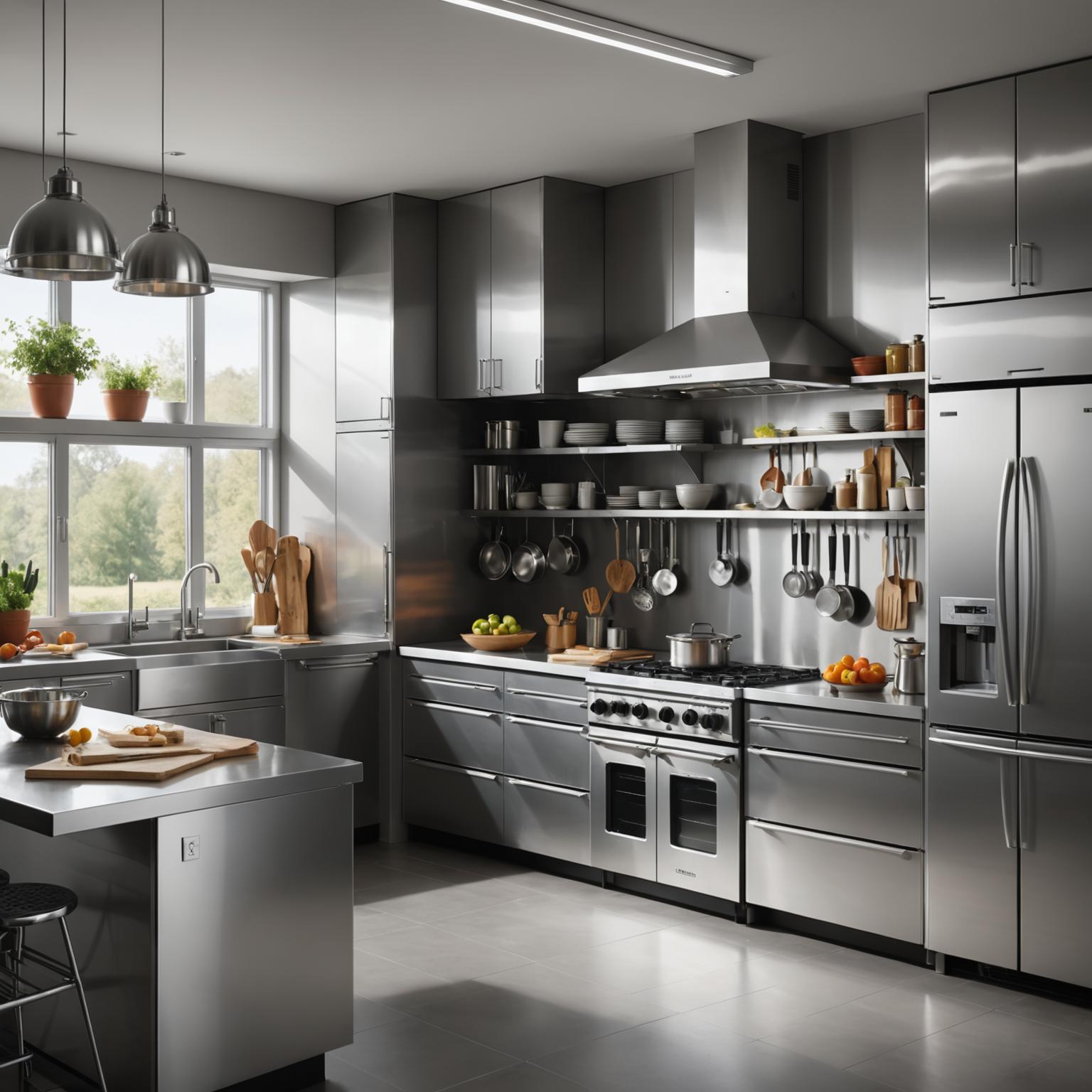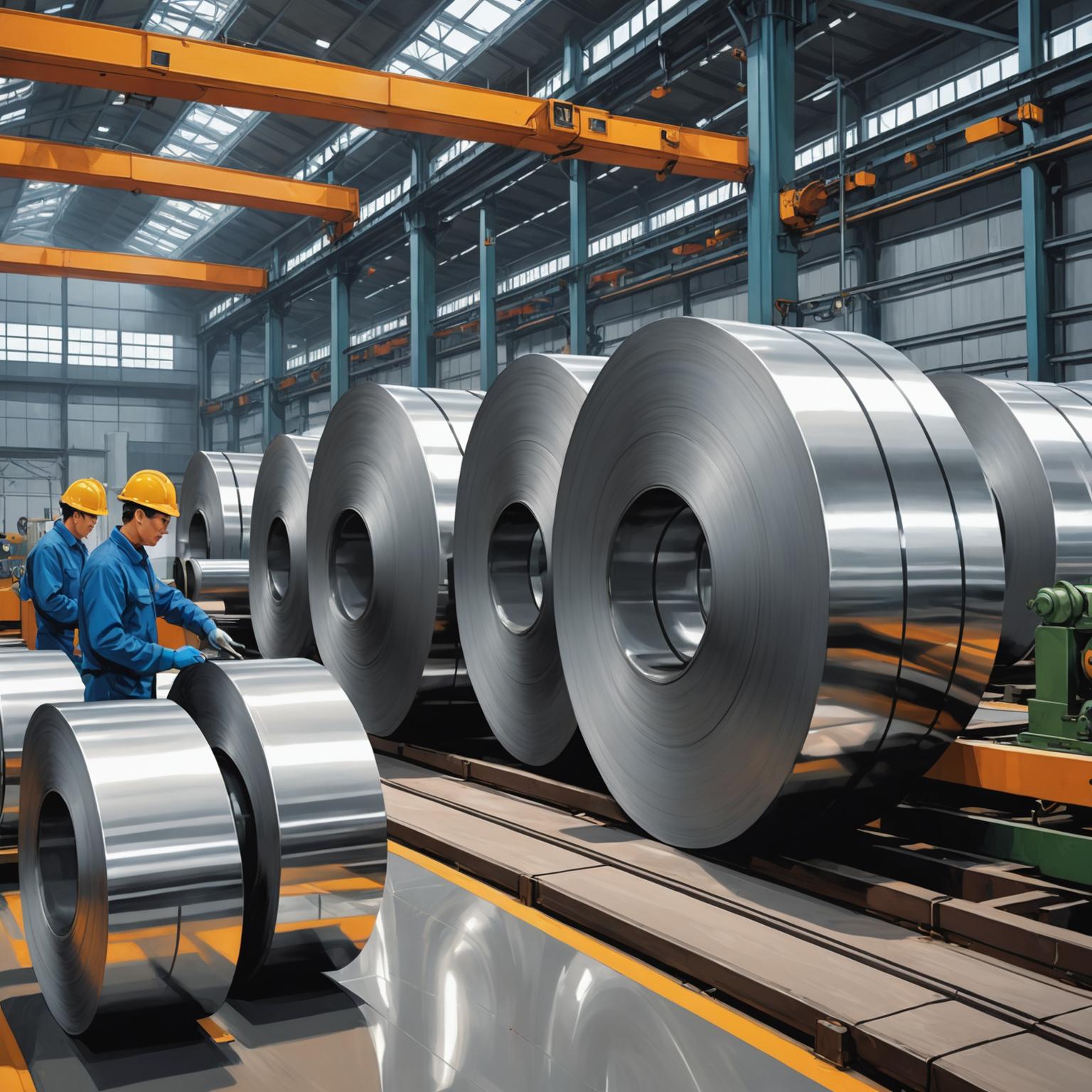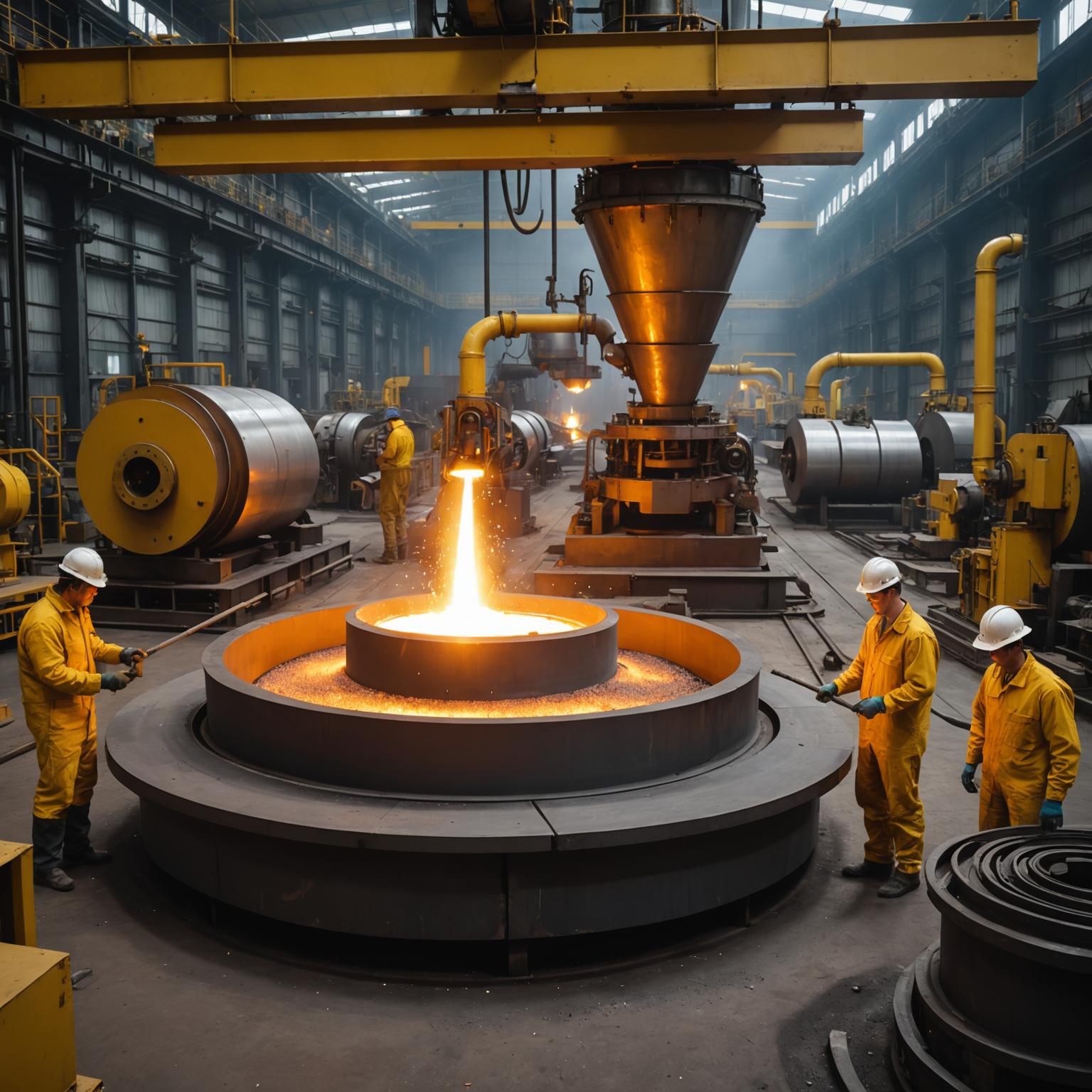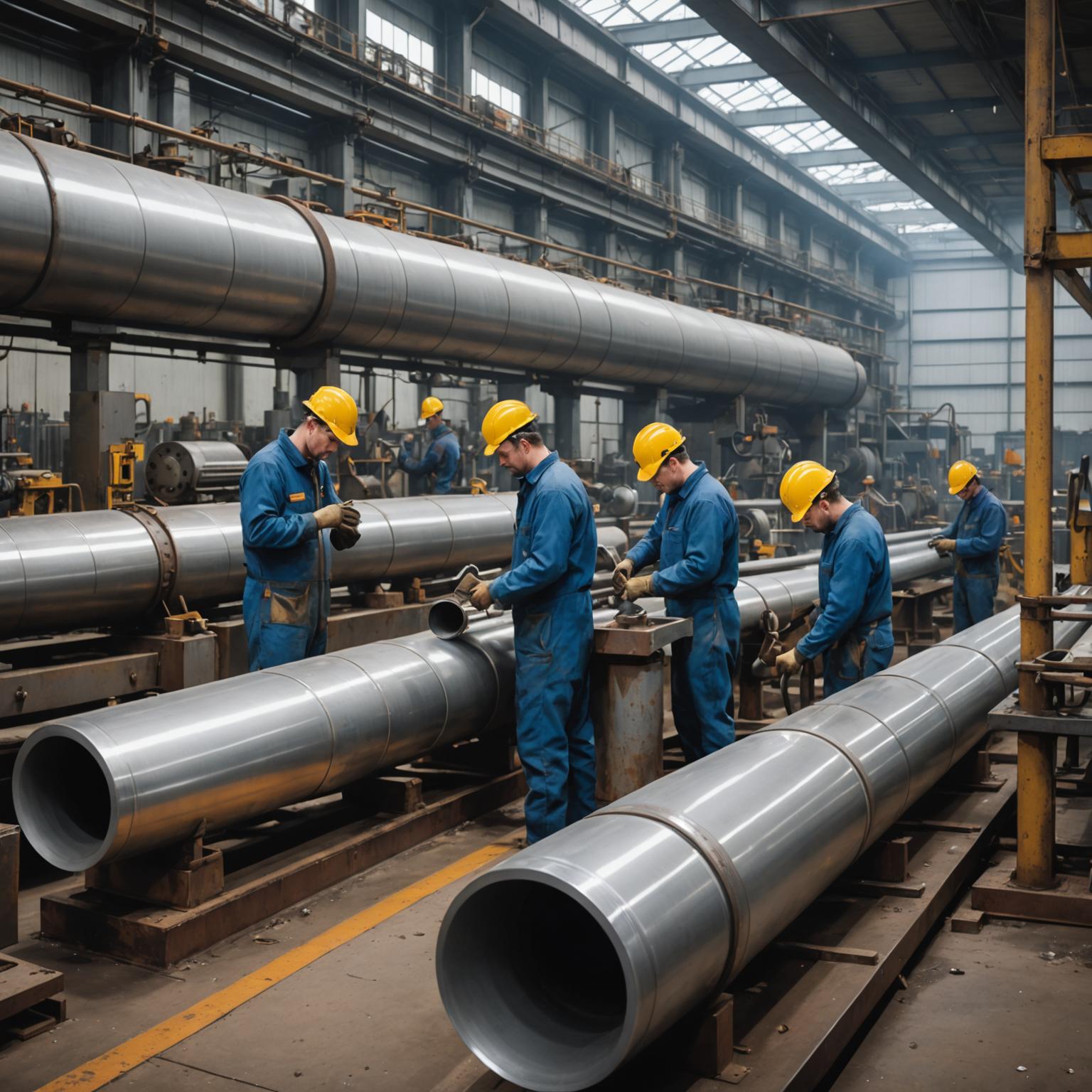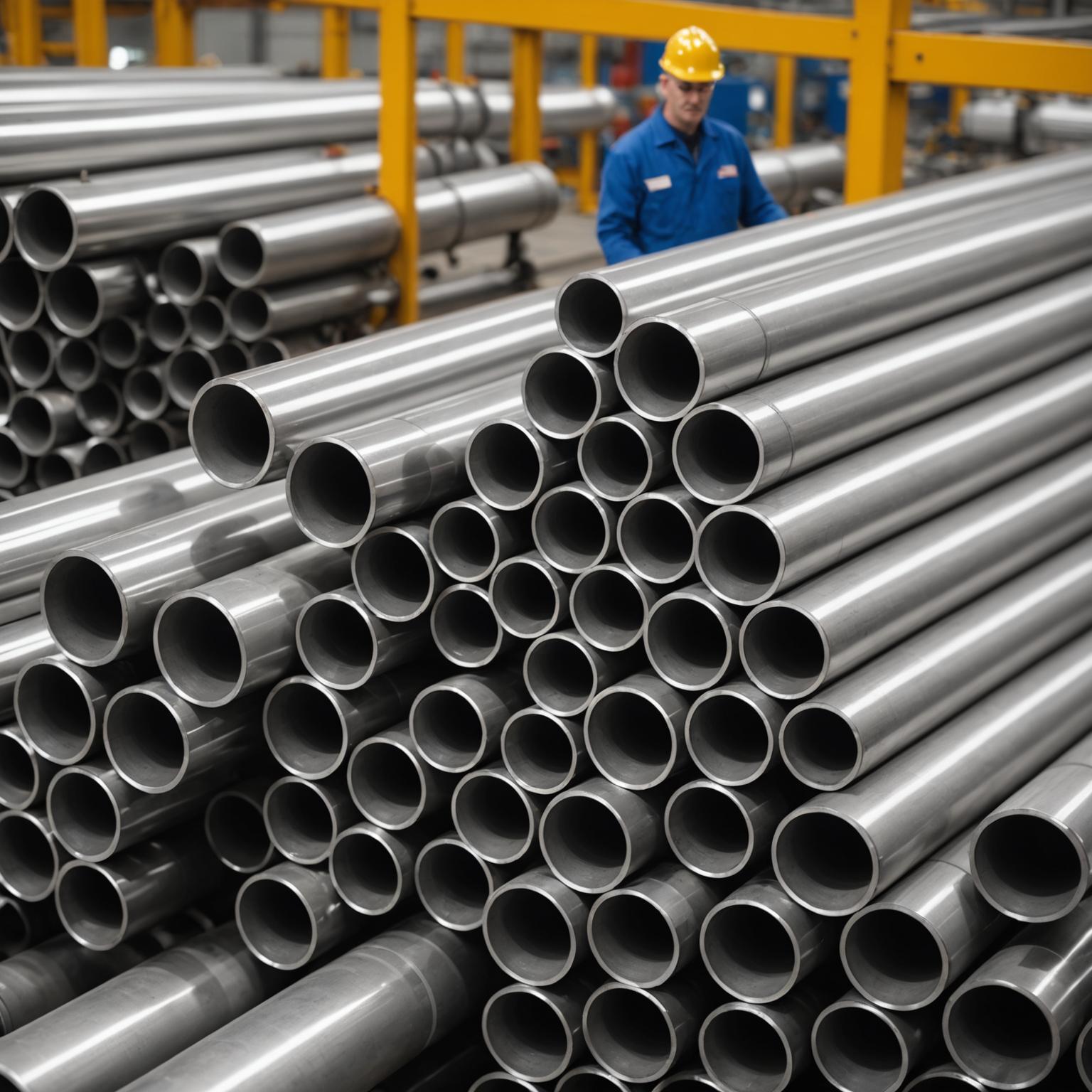When designing or upgrading a kitchen, whether for a bustling commercial restaurant or a modern home, the choice of materials is paramount. The surfaces and equipment must be durable, hygienic, and aesthetically pleasing. For decades, the undisputed champion in this arena has been the stainless steel sheet for kitchen equipment. Its combination of strength, cleanability, and a sleek, professional look makes it the default choice for backsplashes, countertops, and appliances. Understanding the different grades of stainless steel is the key to unlocking the best value and performance for your specific needs.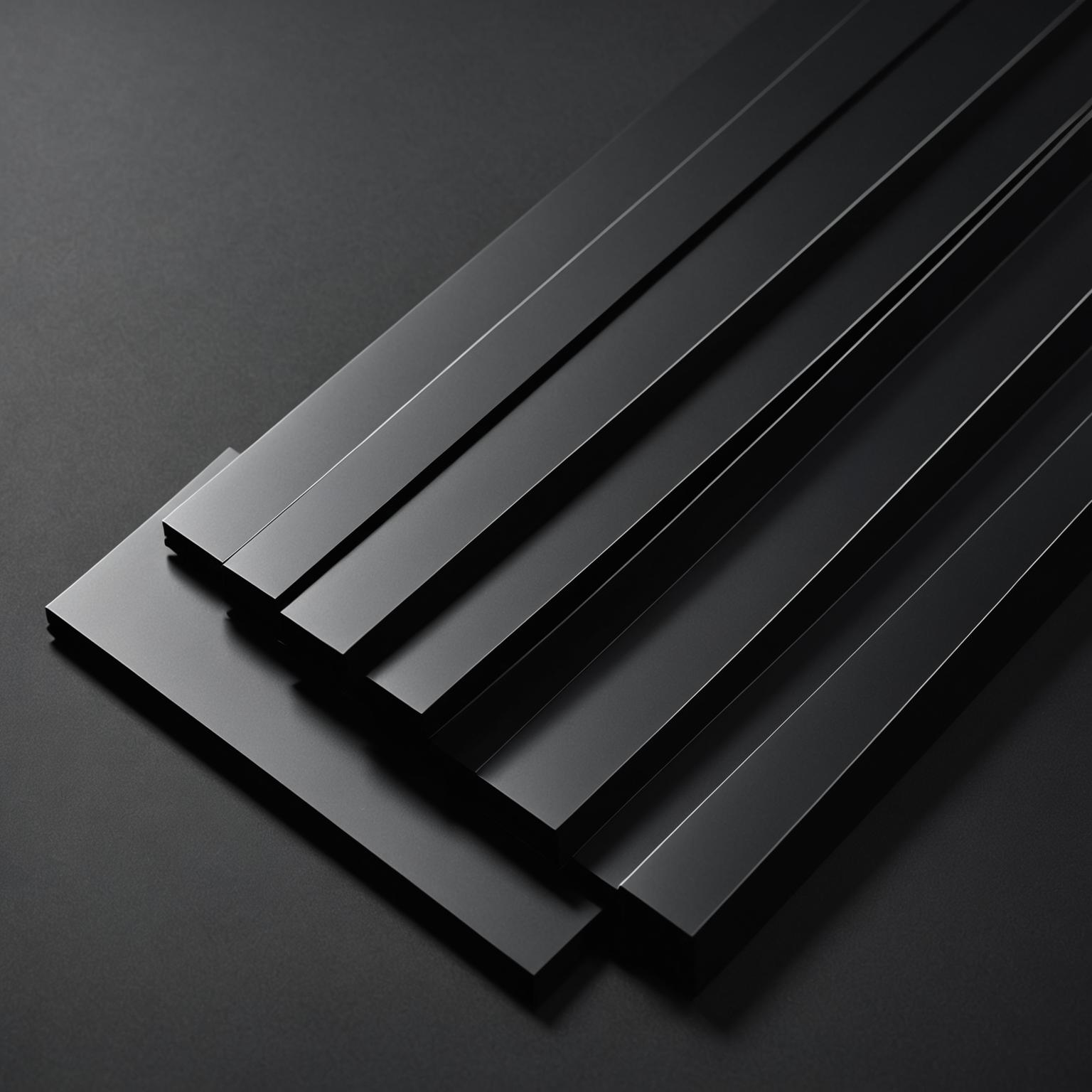
Understanding Stainless Steel: A Primer for Kitchens
Stainless steel isn't a single material but a family of iron-based alloys containing a minimum of 10.5% chromium. This chromium content is what gives the metal its signature 'stainless' quality by forming a passive, self-repairing oxide layer on the surface that prevents rust and corrosion. Within this family, the most common types used in kitchens fall into the 300 and 400 series. The 300 series, like the famous 304 grade, is austenitic and contains both chromium and nickel, offering superior corrosion resistance. The 400 series, on the other hand, is typically ferritic, containing chromium but little to no nickel. This difference in composition leads to variations in cost, durability, and magnetic properties, making certain grades better suited for particular applications.
The Case for 430 Stainless Steel in Kitchen Design
For many kitchen applications, the 430 stainless steel grade emerges as an intelligent and economical choice. As a ferritic alloy, its primary advantage is cost-effectiveness. The absence of expensive nickel in its composition makes it significantly more affordable than its 304 counterpart, allowing for high-end aesthetics on a more manageable budget. Despite its lower cost, grade 430 offers good corrosion resistance against a variety of substances found in typical kitchen environments, such as food spills and most cleaning agents. It is particularly effective in dry areas or spaces with controlled moisture. Furthermore, it boasts a highly attractive, bright finish that is virtually indistinguishable from more expensive grades, ensuring your kitchen maintains a polished and professional appearance. One of its unique characteristics is that it is magnetic, a feature that can be cleverly utilized for magnetic knife racks or spice containers, adding a layer of functionality.
Practical Applications for 430 Steel Sheets
Knowing where to strategically use 430 stainless steel is key to maximizing its benefits. It is an excellent material for applications where it won't be constantly submerged in water or exposed to highly corrosive acids. Think of it as the go-to material for the vertical and less-abused surfaces in a kitchen. Common uses include decorative backsplashes, refrigerator and dishwasher door panels, range hoods, and cabinet facings. It is also a superb choice for the casings of small appliances like toasters and microwaves. In light-duty commercial settings or residential kitchens, it can even be used for worktable surfaces and shelving, provided that harsh chemicals and standing water are avoided. For heavy-duty sinks or primary food prep counters that see constant moisture and acidic food contact, a higher grade like 304 might be a more prudent long-term investment. The strategic use of the 430 grade is a hallmark of smart kitchen design.
How to Clean and Maintain Your Stainless Steel Surfaces
Proper care is essential to keep any stainless steel sheet for kitchen equipment looking its best for years to come. The good news is that maintenance is straightforward. For daily cleaning, a soft microfiber cloth with warm water and a drop of mild dish soap is all you need. Always wipe and polish in the direction of the material's grain or finish lines; this prevents fine scratches and enhances its natural luster. To tackle fingerprints or tougher grease spots, a dedicated stainless steel cleaner or a simple solution of vinegar and water can be effective. For caked-on food, avoid abrasive scrubbers like steel wool. Instead, use a nylon brush or a paste made from baking soda and water. It is crucial to immediately rinse and dry the surface after cleaning to prevent water spots and mineral deposits, which can mar the finish over time. Regular, gentle cleaning is the secret to a perpetually pristine kitchen.
Making the Right Material Choice for Your Project
Ultimately, selecting the right stainless steel comes down to balancing performance, application, and budget. The 430 grade presents a compelling option for a vast range of kitchen projects. It delivers the timeless look and hygienic properties of stainless steel at a price point that makes it accessible for large-scale installations or budget-conscious renovations. Its suitability for backsplashes, appliance panels, and decorative elements is undisputed. By understanding its properties and ideal use cases, you can design a beautiful and functional kitchen that is built to last, making an informed decision that ensures both quality and value for your investment.



